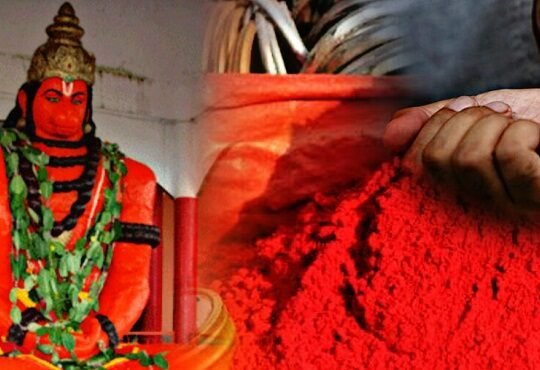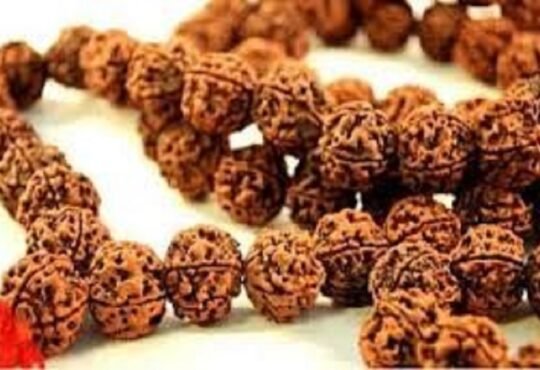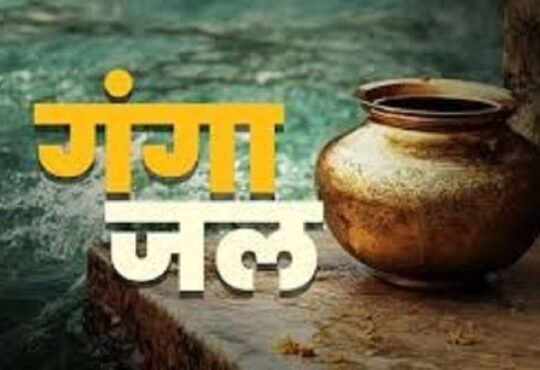Our sages, who made many contributions in the field of Astrology and wrote about their experiences in the classics in the shape of sutras or shlokas. Every body who worked on this ancient subject had mastered different theories, as per their expertise, to be used in delineating a birth chart, or horoscope, thus provided the modern world with different tools to decipher a birth chart. One of these tools is Tithi, which is of prime importance in predictive astrology. Since this article is related to the importance of Tithi in predictive astrology we shall restrict ourselves to its use only, while ignoring the method of calculating Tithi, since most of the learned fellows are aware of the method. Tithi plays a very prominent role in predictive astrology whereas most of the astrologers ignore ‘its importance while making predictions’ since they have kept its limitations up to Muhurta only. We have 14 Tithis of Shukla Paksha and 14 of Krishna Paksha, thus making the total of 28. Since one Tithi comprises Poornima and one Amavasya it a total 30 Tithis and these 30 Tithis make one lunar month. First Tithi is known as Pratipada and the last one is Chaturdashi, excluding Poornima and Amavasya. Every native is born on some Tithi from Pratipada to Chaturdashi and of course on Poornima and Amavasya as well. Now on every Tithi two Rashis (signs) are given the name of Dagdha Rashis and on some Tithis four Rashis(signs) fall under the category of Dagdha Rashis(signs). On Poornima and Amavasya no Rashi is Dagdha Rashi(sign). The literal meaning of Dagdha is burnt. One thing worth mentioning here is that Dagdha Rashis and Rikta Tithis are two different things, which should never be intermingled, while using Dagdha Rashis(signs). These Dagdha Rashis give either excellent, or worst results under certain conditions, as detailed below: •It is always good if this Dagdha Rashi(sign) falls in a Trik Bhava, since a negative Rashi falling in a negative Bhava/house will give good results. •In case either of the Dagdha Rashi(sign) falls in a good Bhava/house, it is destined to spoil some good traits of the concerned Bhava/house. •Apart from Sun and Moon, every planet has ownership over two Rashis (signs) and the Rashi (sign), which is Dagdha, suffers and not the other sign owned by the same planet. •If a benefic planet is posited in Dagdha Rashi (sign) at the same time it is in retrograde motion, it will give excellent results during its period, or sub period. But in case this benefic happens to be in its direct motion it will give worst results in its period or sub period. Up to some extent this rule is applicable during transit also. •If a malefic planet is posited in a Dagdha Rashi (sign) but in its direct motion it will give excellent results during its period and its sub period. But in case this malefic happens to be in its retrograde motion, it will give worst results during its period and sub period. Again up to some extent this rule applies during transit also. •Since Rahu’s and Ketu’s natural motion is retrograde only and they never move in a direct motion, hence placement of these two planets in a Dagdha Rashi (sign) will always give excellent results during their periods and sub period. But out of the two, Rahu will give much better results as compared to Ketu. •In case a Dagdha Rashi (sign) is occupied by two planets, out of which one is malefic and other is benefic and this malefic is in direct motion and the benefic in a retrograde motion, in such a case in one planet’s major period the sub period of other planet will give excellent result. In case, as per rules if malefic is in its direct motion and the benefic is retrograde, a major period is that of malefic planet” will give excellent results, but as and when the sub period of benefic runs it will give bad results and vice versa. • The sun and the moon, being luminaries and having only direct motion are exempted from the rules mentioned above
284views







